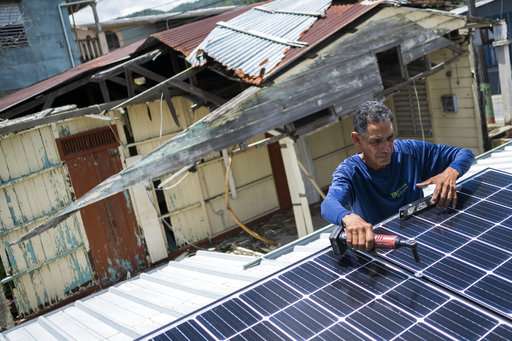In the end, however, if the critics quoted in the Science article don’t care about global warming, fine – many people don’t. If they think renewables alone can do it, fine – some people do. I’m sure they’re well-intentioned. However, every leading climate scientist from Jim Hansen on down knows that we will not achieve any of our climate goals without a dramatic increase in both nuclear and renewables.
Since fast-reactors, like those that will be tested in the VITR, can get ten times the power out of the same fuel, can burn spent fuel and even depleted uranium like our old Iraqi tank armor, when we get to fast reactors as a significant portion of our energy we will have several thousand years of low-carbon power on hand.
That’s more energy than exists in all the coal, oil and natural gas in the ground right now.







